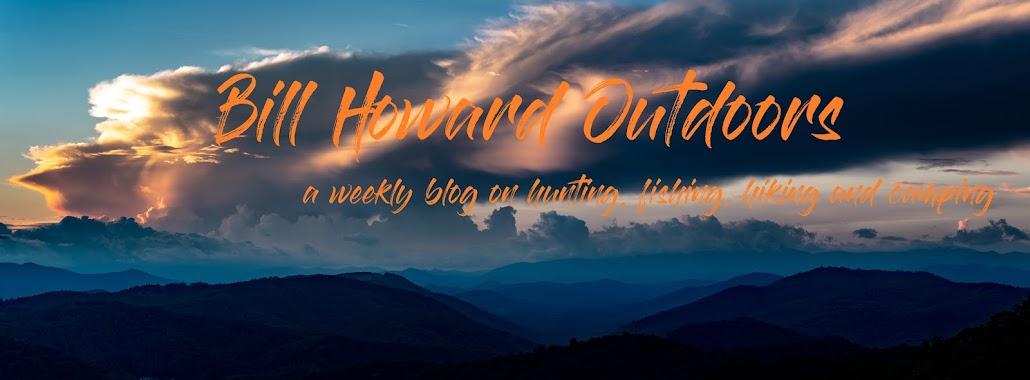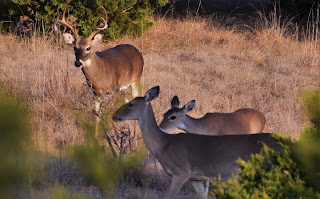Dams are created for a variety of reasons.
Beavers build dams in waters too shallow to protect them
from predators. By backing up the water flow, the depth increases which
provides the protection they need. It also allows for habitat for a number of
other creatures such as waterfowl, fish, rodents, and a variety of mammals.
People build dams for several reasons. Dams create
reservoirs for people to clean and use the water. The dams also provide a means
to create electricity. They allow people to harness the power of the water to
use for processing food, watering fields, and protecting lands downstream.
But what happens if a dam is breached or broken?
Near my home area, roughly within a 20 mile radius, there
are three instances in which a dam was compromised resulting in the draining of
the water upstream.
One was Bunn Lake in which Hurricane Floyd caused massive
flooding which was too much for the dam to handle. In all, there were 20
reported dam failures reported in eastern North Carolina from the torrential
rainfall that occurred from Floyd.
Fish were transported to a holding pond as much as possible,
then returned once the dam was repaired and the water began filling back up.
And recently, the Finch’s Mill dam broke. Located not far from
I-95, the old mill pond drained quickly. The pond was regularly fished from
shore and small boat and during the summer it is an uncommon sight not to see
someone there with a rod and reel in hand.
Ducks and geese, egrets and herons, they all frequented the
water in search of home and food.
Beavers were common and prior to the dam break I counted no
less than four killed trying to cross the road from the stream below the dam to
the higher still waters above. Every year when the cold air settles in, you
could count on finding roadkill beaver there.
 We never realize it, but our trash became part of the
ecosystem there. I am sure various creatures such as fish, snakes, turtles and
even crawfish and freshwater shrimp found solace in those eyesores. Still, it
is ashamed that we have impacted the area like that.
We never realize it, but our trash became part of the
ecosystem there. I am sure various creatures such as fish, snakes, turtles and
even crawfish and freshwater shrimp found solace in those eyesores. Still, it
is ashamed that we have impacted the area like that.
Of course there are many other species that called Finch’s
Mill home. Now they will have to find another. They move further upstream, or
maybe even downstream if possible. Fish have the hardest time in relocating as when
the water drained quickly it left pockets where fish were trapped.
After the draining I looked at some of the features of what
was previously hidden underneath the tea stained water. There was what we used
to call a ‘boom box’ laying in the mud. Plenty of glass bottles, some soda and
some of the alcoholic variety. A serpentine belt was on top of an old rag which
gave an eerie voodoo sort of look.
Near the dam was the front end of a car, not the whole part
of the car, just the bumper fascia. As always you can count on finding an old
tire here or there.
Several fish lay here and there, dried out corpses at this
time as it has been a couple of weeks since the dam break. You do not see many
small ones. They usually can find a way as the water shallows. The bigger fish
are not as lucky.
It remains to be seen whether the dam will be rebuilt. But
the ecosystem that thrived there will. It won’t be the same necessarily, but it
will survive.


